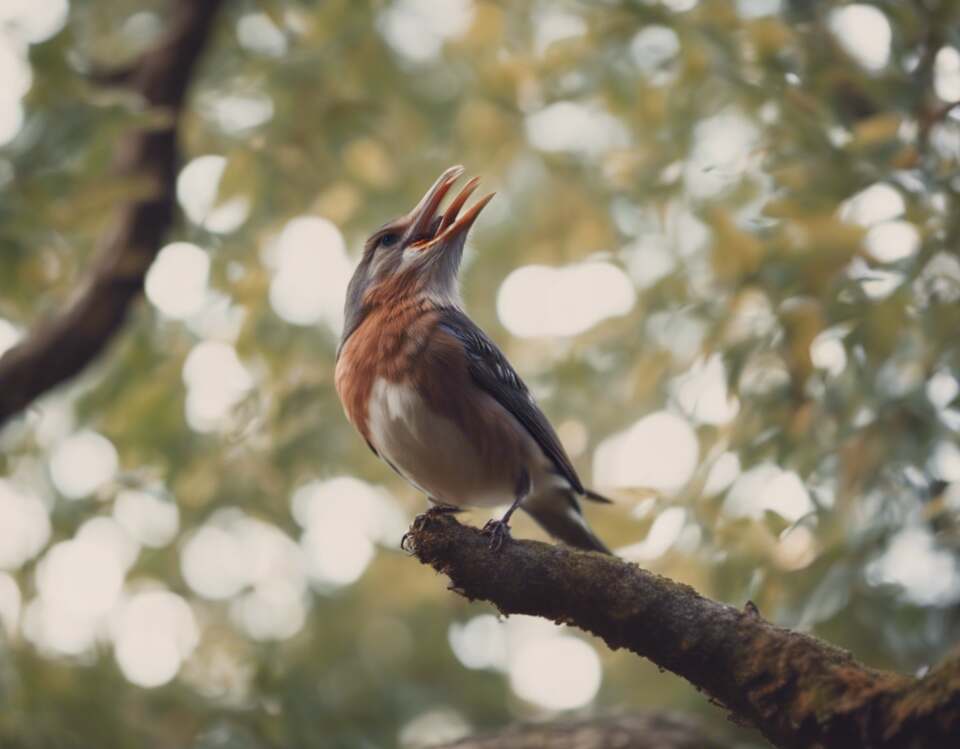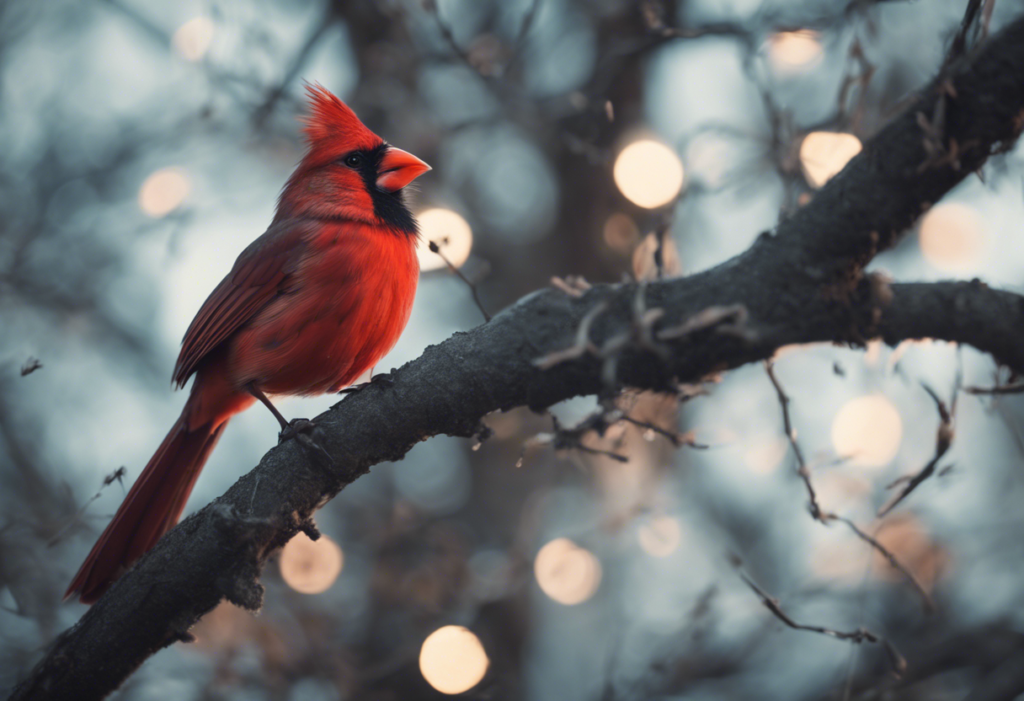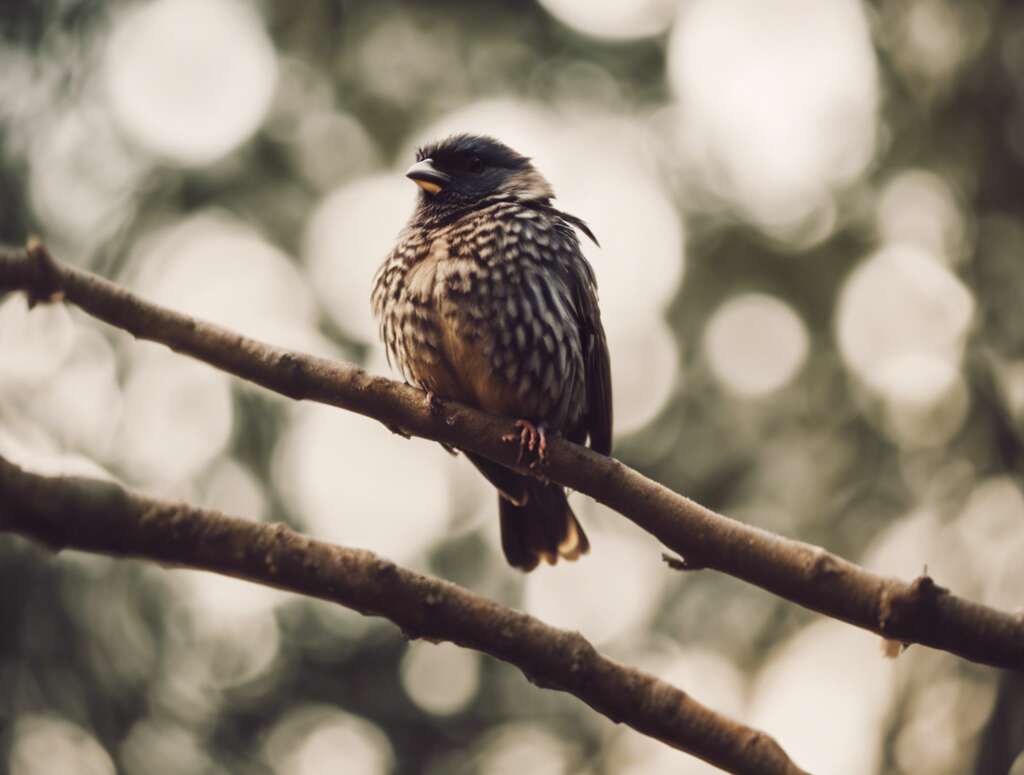Birds are fascinating creatures with a wide range of behaviors and vocalizations. One common misconception that has persisted over the years is whether birds bark like dogs. Let’s dive into this topic and debunk the myth surrounding this intriguing question.
Table of Contents
Debunking the Myth: Do Birds Bark?
Exploring Bird Vocalizations
Birds are known for their diverse and unique vocalizations. From melodic songs to sharp calls, each species has its own distinctive way of communicating. While some birds may produce sounds that are reminiscent of barking, especially certain species of parrots and jays, it is essential to understand the difference between these vocalizations and actual barking.
Understanding Canine Behavior
Barking is a vocalization primarily associated with dogs. It serves various purposes for canines, including territorial defense, communication, and expressing emotions such as excitement or anxiety. Dogs bark using their vocal cords and mouth in a way that is distinct from how birds produce sounds.
Bird Calls vs. Barking
When birds produce sounds that may resemble barking, it is crucial to note that these vocalizations serve different functions compared to actual barking in dogs. Bird calls are often used for mating rituals, warning signals, establishing territory, or communicating with other members of their species. While the sound may bear a resemblance to a bark, the underlying purpose and mechanism behind it differ significantly from a dog’s bark.
Factors Influencing Bird Vocalizations
Bird vocalizations are influenced by various factors, including genetics, environment, social interactions, and the need to communicate effectively within their species. Some birds have evolved to mimic sounds they hear in their surroundings, which may include barking sounds from dogs or other animals. This mimicry is a way for certain bird species to adapt and survive in their habitats.
The Role of Mimicry in Bird Vocalizations
Mimicry is a fascinating aspect of bird vocalizations, with species like the lyrebird known for their ability to mimic a wide range of sounds, including chainsaws and camera shutters. While some birds may mimic barking sounds, especially those living in close proximity to human settlements or alongside dogs, it is important to recognize that this behavior is a form of adaptation and not an indication that birds bark like dogs.
While some birds may produce sounds that resemble barking, especially through mimicry or certain vocalizations, it is essential to differentiate between these sounds and actual barking in dogs. Bird vocalizations serve specific purposes within their species and are a product of their evolutionary background and environmental influences. By understanding the nuances of bird vocalizations, we can appreciate the rich diversity of sounds present in the avian world.

Understanding Avian Communication: Different Forms of Bird Calls
Avian Communication: Decoding the Intricacies of Bird Calls
Birds are known for their fascinating communication skills, using a variety of calls and sounds to convey messages within their species and beyond. Understanding the different forms of bird calls can provide valuable insights into avian behavior and social interactions.
The Purpose of Bird Calls
Bird calls serve various purposes in the lives of avian creatures. They are used for communication, establishing territories, attracting mates, warning others of potential dangers, and expressing emotions such as fear, excitement, or contentment. Each type of call conveys specific information, helping birds navigate their environment and interact with each other effectively.
Types of Bird Calls
1. Song
Bird songs are melodic and complex vocalizations often associated with male birds. These calls are used primarily to defend territories and attract potential mates. Each species has its unique song, allowing individuals to recognize members of their own kind.
2. Contact Call
Contact calls are simple, short vocalizations that birds use to communicate with each other when they are in close proximity. These calls help birds stay in touch while foraging, flying, or roosting together.
3. Alarm Call
Alarm calls are loud, sharp sounds that signal potential threats in the surroundings. When a bird detects a predator or danger nearby, it emits an alarm call to alert other birds and prompt them to take evasive action.
The Role of Mimicry
Some bird species are adept mimics, capable of imitating a wide range of sounds, including the calls of other bird species, animals, and even human-made noises. Birds like mockingbirds and lyrebirds use mimicry to impress potential mates, establish their territory, or confuse predators.
Do Birds Bark?
While birds are not known to bark like canines, there are instances where certain bird species can produce sounds that resemble a bark. For example, the “barking owl” native to Australia emits a call that sounds remarkably similar to a dog’s bark. However, this behavior is the exception rather than the norm in the avian world.
Evolution of Bird Calls
Bird calls have evolved over millions of years, adapting to suit each species’ specific needs and environmental challenges. The diversity and complexity of bird calls reflect the intricate nature of avian communication systems, shaped by factors such as habitat, social structure, and ecological pressures.
Bird calls play a vital role in the lives of birds, enabling them to navigate their world, communicate with each other, and ensure their survival. By understanding the different forms of bird calls and the purposes they serve, we gain a deeper appreciation for the rich tapestry of avian communication.

Conclusion
In the realm of avian communication, the disparity between the vocalizations of birds and the barking sounds produced by canines is evident. The myth that birds bark has been debunked through a deeper understanding of the various forms of bird calls and their purposes. From melodious songs to sharp alarm calls and complex duets, birds exhibit a diverse range of vocalizations that serve essential functions in their daily lives. By decoding these vocal signals, researchers and enthusiasts alike can gain valuable insights into the intricacies of avian behavior and communication.
Birds rely on an extensive repertoire of vocalizations to convey messages within and across species, showcasing the remarkable adaptability and complexity of their communication systems. By exploring the nuances of bird calls, we can appreciate the richness of avian languages and their role in facilitating social interactions, territorial defense, mate attraction, and predator deterrence. Each chirp, trill, or warble carries specific meanings that contribute to the cohesion and survival of bird populations worldwide.
In the context of avian communication, it is fascinating to unravel the intricate patterns and rhythms embedded in bird calls, highlighting the remarkable diversity and adaptability of these feathered vocalists. Whether it’s the haunting hoot of an owl echoing through the night or the cheerful melodies of songbirds welcoming the dawn, each vocalization adds a layer of complexity to the tapestry of natural sounds that fill our environment. By listening attentively to bird calls and observing their behaviors, we can deepen our connection to the natural world and gain a deeper appreciation for the wonders of avian communication.
As we delve deeper into the world of bird vocalizations, it becomes clear that the notion of birds barking is more fiction than fact. While some bird species may produce sounds that bear a slight resemblance to barks, such as the caws of a crow or the squawks of a parrot, these vocalizations are distinct from the repetitive, sharp sounds associated with canine barking. By debunking this myth, we can foster a more accurate understanding of avian communication and the diverse ways in which birds express themselves vocally.
The world of avian communication is a complex and fascinating domain that offers a wealth of insights into the behaviors and interactions of birds. By dispelling the misconception that birds bark, we can appreciate the diverse forms of vocalizations that birds employ to communicate with one another. From melodic songs to piercing calls, each sound serves a specific purpose in the intricate web of avian interactions.
By immersing ourselves in the rich tapestry of bird calls, we can gain a deeper understanding of the natural world and the remarkable creatures that inhabit it. So, next time you hear a bird chirping in your backyard, take a moment to listen closely and marvel at the beauty and complexity of avian communication.
Read more: Exploring 50 Bird Species And The Sounds They Make



